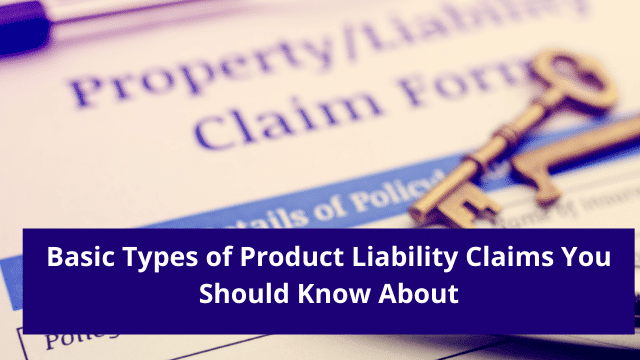In the eyes of and in the court of law, sellers, manufacturers, suppliers, distributors, and other sectors that provide the public with products and/or services are responsible for any type of harm intentionally or unintentionally afflicted on the said “public”.
This is where product liability takes precedence. You, as the consumer, are to be knowledgeable of what your rights are, being that products and/or services are a constant in everyday life. Here are facts you should acquaint yourself with, in terms of product liability.
Product Liability Types/ Claims
1. Manufacturing Defects
This is the legal phrase that defines products that have undergone faulty manufacturing, and thus, incurred faulty parts. Parts that may become dangerous to consumers after purchase. And parts that may even inflict harm.
It is among the most common types of product liability claims, partly because it is also one that tends to be the most observable.
*Components that are assembled incorrectly
*Missing components
*Low-quality components
*Components that possess substances that can cause harm to users
2. Negligence in Failing to Instruct, Guide, and/or Warn
Here is a variable that takes precedence because the manufacturer’s warnings and/or instructions (or the absence of if) are vague, unclear, or lacking in detail. And that because of this, the product may become a hazard to the consumer.
Products that are not so straightforward in terms of utilization, parts that require careful attention when being used, possible side effects (usually for medication, food, etc.), parts that may release toxic elements when in contact with another chemical (i.e. construction supplies such as paint, paint thinners, etc.).
Related: Importance of Mathematics in Life
In simpler terms, manufacturer’s are expected to be very particular about instructing consumers on how to properly and safely use their products.
3. Defective Products
This applies more when it comes to a product’s design. Product defectiveness can be quite challenging to place mainly because of the wide range of descriptions it falls under. Among these includes, but are not limited to:
*products that may malfunction due to power usage (i.e. electronic heating devices that may explode when switched to their highest temperature settings)
*products that may malfunction due to poor testing of usability (i.e. a car that accelerates slightly before it stops when the brakes are utilized)
*products that promise to safeguard against hazards but fail to deliver (i.e. hardhats that are not as durable as advertised)
There are so many other examples we can list down, and examples you can think of to include. Just remember that regarding product defectivity, the injury needs to be directly related to the actual design of a product. And this will have to be proven, as opposed to incurring injuries due to one’s failure to follow instructions and/or warnings correctly.
Legal Advice
There are too many a number of possibilities and as a result, technicalities, that bring about the unfavorable outcome of a product liability claim and/or case. For this reason, it is adamant that you urgent seek the legal advice of your product liability attorney in Wyoming.
Investigation and evaluation are needed to ensure that your claim, and your statements regarding the product liability therein, are supported by sufficient evidence. It will also be to your advantage to know where your claim is valid.

Hello, My name is Shari & I am a writer for the ‘Outlook AppIns’ blog. I’m a CSIT graduate & I’ve been working in the IT industry for 3 years.
